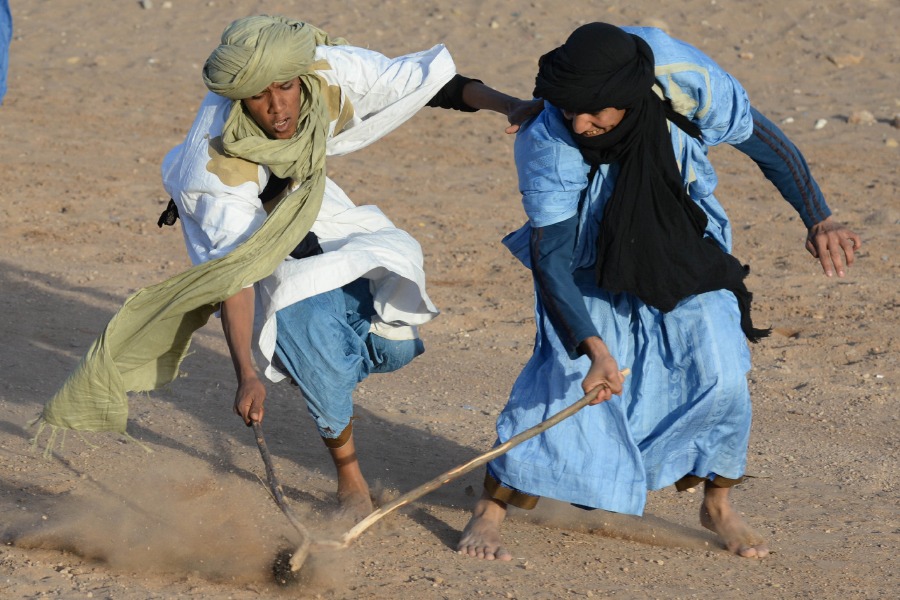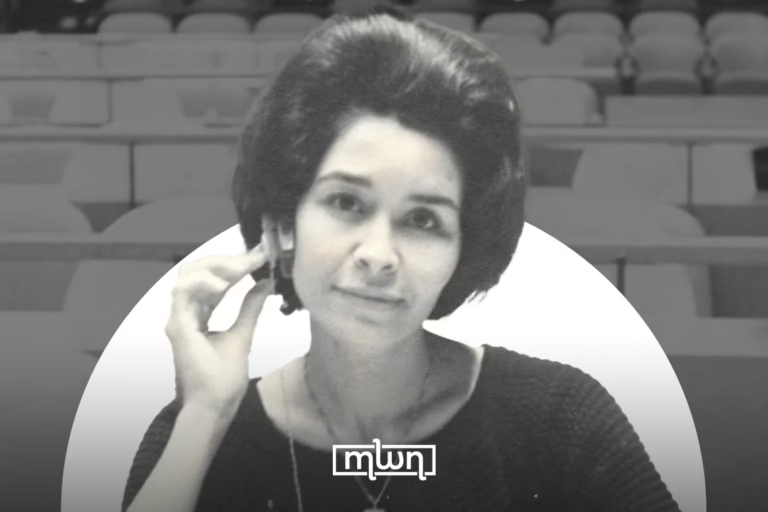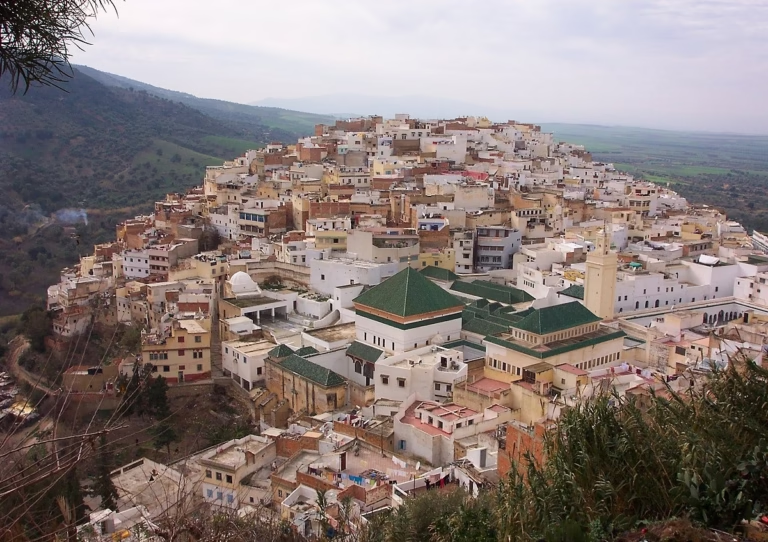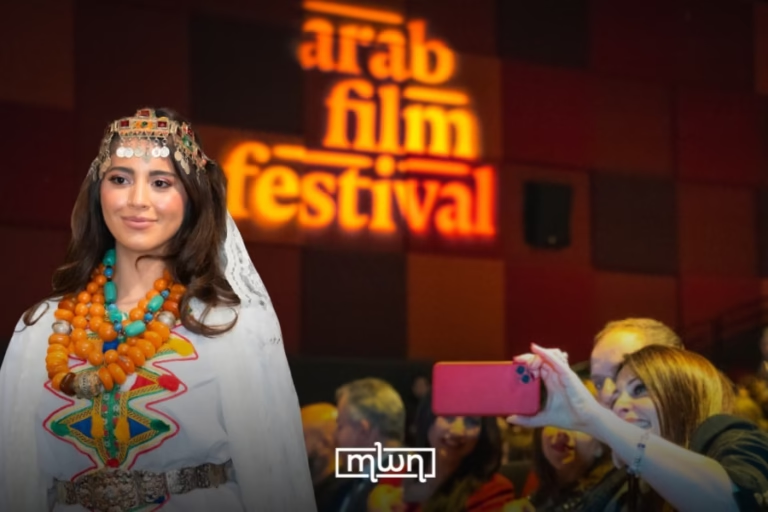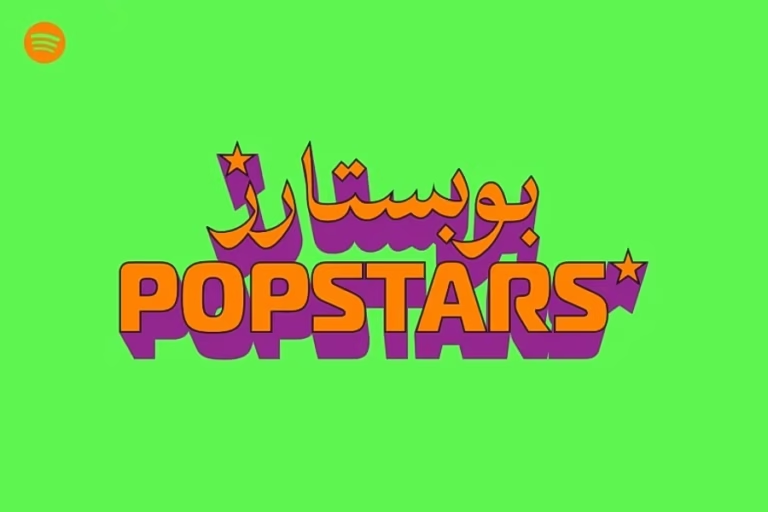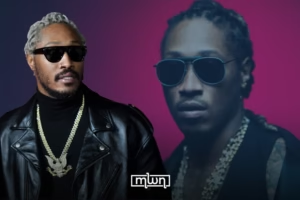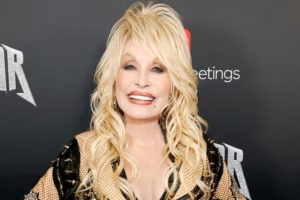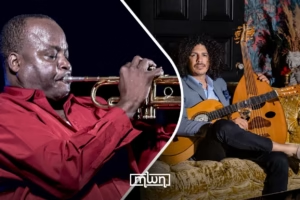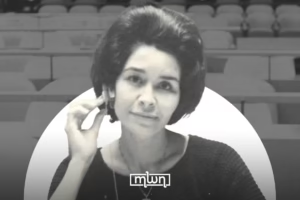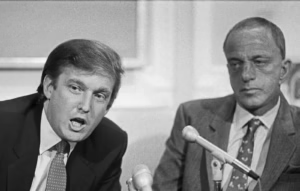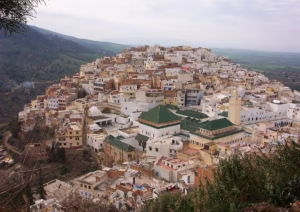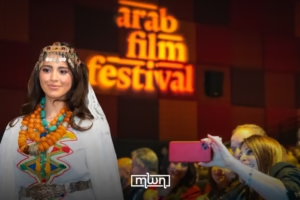As Morocco races toward modernity, its traditional sports are struggling to keep up. Can they survive the test of time?
Fez– Not so long ago, traditional sports held a special place in Moroccan culture. They weren’t just for fun, they were a way to bring people together, teach values like teamwork and respect, and strengthen community ties.
But with modern life moving at full speed, many of these sports are disappearing. Some rural areas still fight to keep them alive through annual festivals, local clubs, and informal gatherings.
Types of traditional sports
Traditional Moroccan sports fall into two main categories: those that involve animals and those that rely entirely on human skill.
Sports involving animals:
Tbourida (Fantasia)
This famous equestrian sport is a dazzling display of horsemanship and synchronized gunfire. Originally a military training technique, it has evolved into a competitive sport and a major attraction at festivals, with riders in colorful traditional outfits charging forward before firing their rifles in perfect unison.
Camel racing
Popular in Morocco’s southern regions, camel racing is a high-speed competition held on sandy tracks. Riders urge their camels forward in a test of endurance, skill, and strategy. It remains a key feature of events like the Tan-Tan Festival.
Mata
Played in northern Morocco, Mata is a fast-paced game where two teams compete to seize a decorated doll called “the bride.”
The goal is to carry it back to their tribe while dodging opponents on horseback. It requires quick thinking, agility, and teamwork.
Falconry
Practiced mainly in the Doukkala region, falconry is an ancient hunting tradition where trained falcons are released to catch prey like rabbits and partridges.
It’s a sport that demands patience, precision, and a deep bond between hunter and bird.
Sloughi hunting
In the Moroccan countryside, hunting with Sloughi dogs is both a sport and a cultural tradition. These sleek, fast hounds chase down rabbits, competing to be the first to catch them.
Some regions even hold Sloughi races to test their speed and endurance.
Sports based on human strength and skill
Archery and shooting
Historically, archery was an essential skill for Moroccan warriors. Over time, it transformed into a sport where participants use rifles or handmade bows to hit distant targets.
Khbit Chara
A precision shooting game played in the desert, where marksmen aim at small, hard-to-hit objects like metal plates or stones placed far away. It requires extreme focus and accuracy.
Meshkah
A traditional game similar to hockey, played with wooden sticks and a handmade ball. Two teams compete to score the most goals on a field with goalposts and boundary lines.
Jbad lhbel (Tug-of-War)
A test of raw strength and teamwork, this game involves two teams pulling on opposite ends of a thick rope. The team that drags the other across a marked line wins.
Korara
A wrestling-style sport, similar to judo, where the goal is to lift an opponent off the ground and throw them inside a circular ring.
Ardoukh
A game that combines wrestling and strategy, where players try to lock their opponents in a hold and force them to the ground.
The fight to keep these sports alive
Once widespread, many of these sports are now fading into history. They were once a key part of childhood, courtship rituals, and social gatherings, but today, fewer young people practice them.
While some festivals and associations are working to preserve these traditions, without greater efforts, Morocco risks losing a rich and unique part of its cultural heritage.
Read also: How Morocco’s Youth Are Redefining Ramadan Traditions with Social Media

